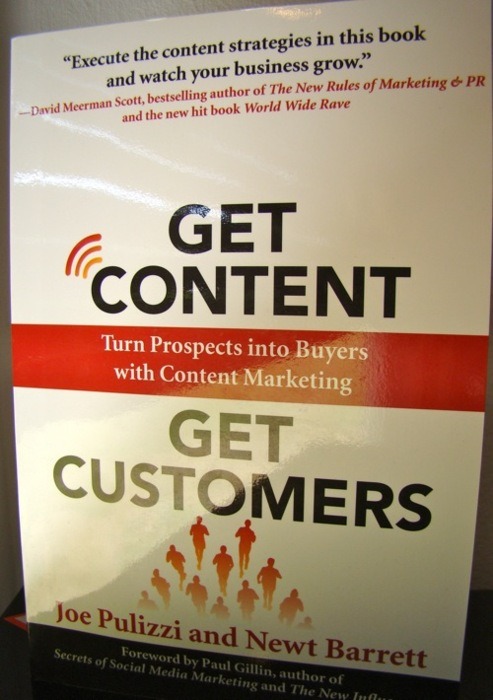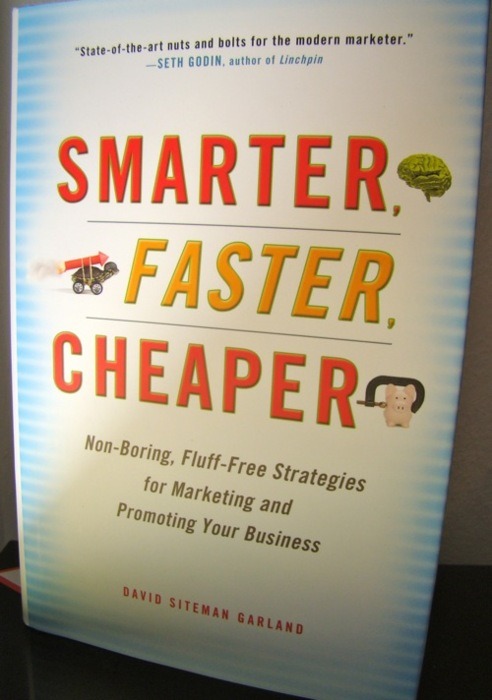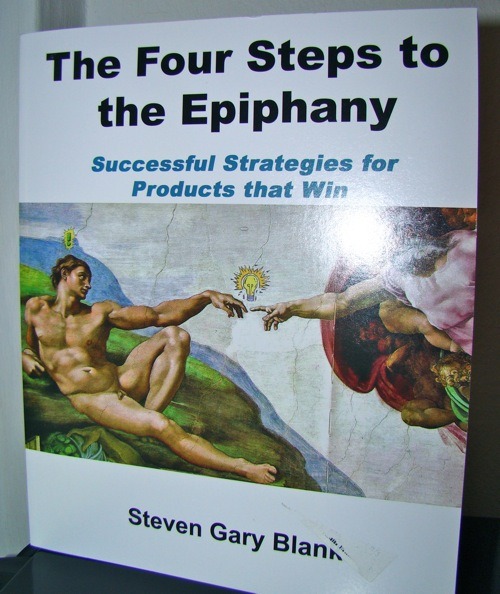
What is it about?
A whole book about content marketing, yeah! Joe Pullizzi and New Barrett write about creating your content strategy, choosing your platform and providing information.
What can I learn?
Integrate your content marketing: This is an important first step. Often there is lot of information in a company: white papers, public reports or speeches. But you can’t just put everything online and be happy. You may have to refine it. Try to integration the content creation process into your daily work, e.g. if you’ve won a new customer or completed a great job.
Select your platform: There are different platforms like blogging, podcasting, video blogging, etc. It’s important that you choose a appropriate platform. If you are like to speak, maybe a podcast is the perfect platform for your information. Furthermore, you should think about the potential consumer of your information. Maybe writing a column is more appropriate for your prospects.
Deliver useful information: Information isn’t just information. Many, many companies make the mistake to provide boring information on their blogs. Your information should encourage your customer to try something new or to fix a problem for herself. Maybe you could write about some current event or explain cool things to them.
Conclusion
Get Content, Get Customers is a really nice book and one of the fews that are written exclusively on content marketing. There are some cool examples in this book about content marketing, e.g. one special magazine for customers of a wealth management company. Very inspiring! Great book.



